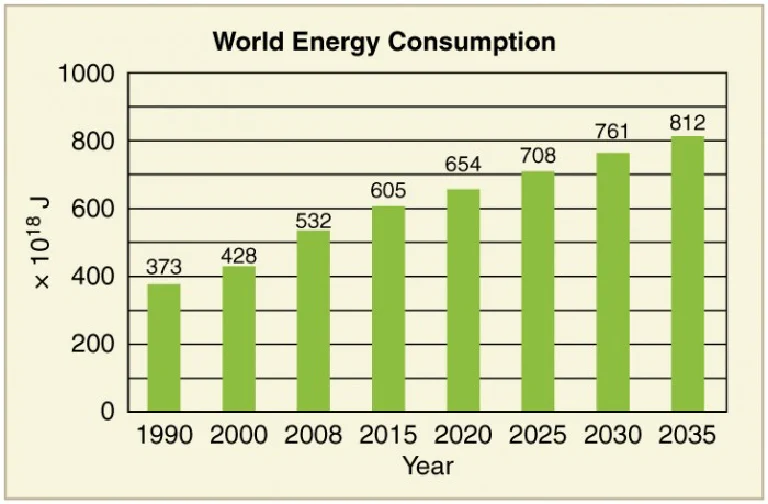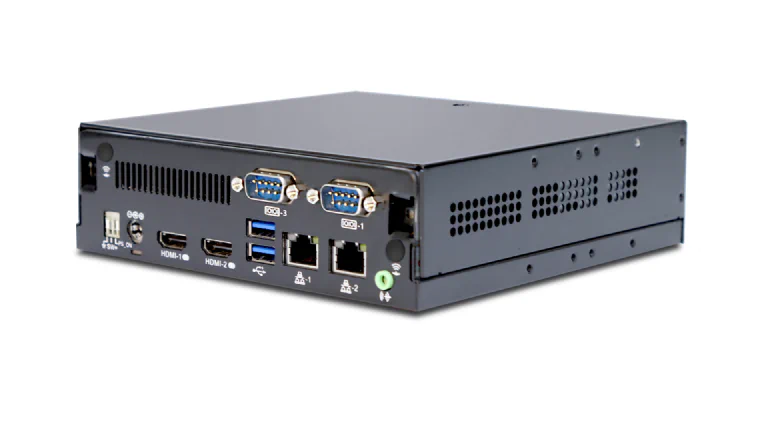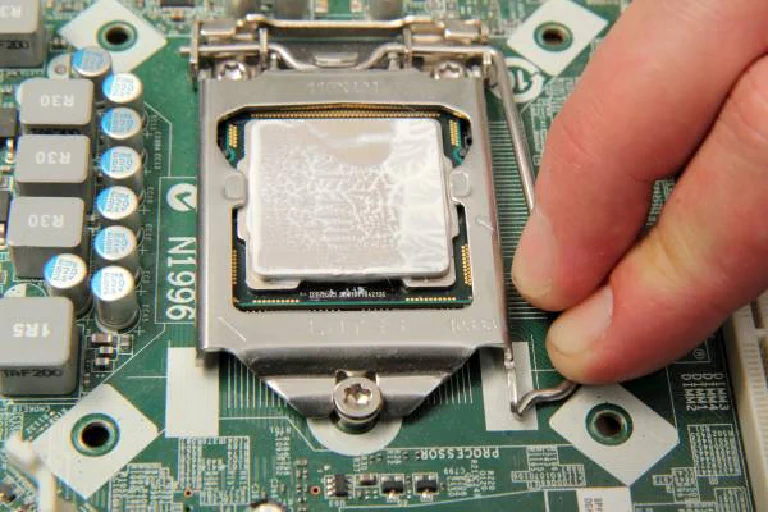For the longest time, the CPU arms race was a brutal, straightforward affair fought on a single front: raw performance. The company with the highest clock speeds and the most benchmark wins was declared the king, and power consumption was often treated as little more than a footnote—a problem to be solved with ever-larger coolers and beefier power supplies. As a PC builder who has lived through this era, I can tell you that in 2025, that philosophy is officially dead.
A recent, exhaustive study by the meticulous team at the German publication PCGH caught my eye. They tested a massive slate of 35 modern and upcoming CPUs in a gauntlet of 14 games, all paired with a monstrous GeForce RTX 4090. But they weren’t just looking for the highest frame rates. They were measuring a far more elegant and, in my opinion, more important metric: frames per second per watt (FPS/W). This is the true measure of a processor’s intelligence.
Their findings confirmed what I’ve been seeing in my own builds for a while now: AMD’s X3D chips are running away with the efficiency crown, and the next generation looks to continue that trend. This isn’t just an academic curiosity; it has profound, real-world implications for how we should be building our PCs. This guide is my deep-dive analysis of what this data means, the technology behind these results, and my personal recommendations for choosing a truly smart and efficient CPU for your next build.

Why Performance-per-Watt is the New Kingmaker in 2025
Before we get to the winners and losers, it’s critical to understand why this metric has become so important.

First, energy isn’t free. With rising electricity costs, a CPU that delivers 95% of the performance while using 50% of the power is a clear winner for your wallet over the long term. Second, the rise of the Small Form Factor (SFF) PC has pushed thermal constraints to the forefront. In a compact case, you simply don’t have room for a massive 360mm liquid cooler. An efficient CPU that generates less heat is easier to cool, runs quieter, and allows for powerful builds in beautifully small packages.
Finally, we’re hitting the point of diminishing returns. The performance difference between the top-tier CPUs is often negligible in real-world gaming, but the difference in their power consumption and heat output can be enormous. Building smarter, not just bigger, is the new mantra.
Deconstructing the Architectures: The Secret to Efficiency
The results of the test weren’t random; they are a direct consequence of two different design philosophies.
AMD’s Secret Weapon: 3D V-Cache
The dominance of AMD’s X3D chips in gaming efficiency comes down to one groundbreaking technology: 3D V-Cache. In simple terms, AMD figured out how to stack a huge amount of L3 cache (an extremely fast type of memory) directly on top of the processor die.
Games are constantly fetching data. When that data isn’t in the CPU’s immediate cache, it has to make a relatively long and slow journey out to your system’s RAM. This trip costs time (latency) and energy. The massive 96MB of L3 cache on a chip like the Ryzen 7 7800X3D acts as a huge, local data reservoir. It can store so much of the game’s critical information that the CPU rarely has to go out to the main RAM. The result? Dramatically faster game performance at a fraction of the power cost. It’s a specialist tool, and for gaming, it’s devastatingly effective.
Intel’s Hybrid Approach: The P-Core & E-Core Gamble
Intel’s recent strategy has been the Performance Hybrid Architecture. Their CPUs contain two types of cores: powerful P-cores (Performance-cores) for demanding tasks, and smaller, highly efficient E-cores (Efficient-cores) for background tasks. In productivity, this is a brilliant design. But in gaming, which primarily stresses a few P-cores, the architecture can be less efficient than AMD’s focused approach, as the P-cores are often pushed to very high clock speeds with a corresponding increase in power draw.
The Benchmark Decoded: What the Data Really Tells Us
The PCGH test revealed a fascinating hierarchy. The data below is based on their findings, using logical, projected names for the next generation of CPUs that are expected to be on the market by mid-2025.
| Processor (Projected for 2025) | Approx. FPS per Watt | Tier & My Analysis |
|---|---|---|
| AMD Ryzen 5 9600X3D* | ~1.74 | The Future Efficiency King: A projected 6-core X3D CPU based on the new Zen 5 architecture. This highlights the incredible potential of the 3D V-Cache technology in a lower-core-count, highly focused package. |
| AMD Ryzen 7 9800X3D | ~1.68 | The Next People’s Champion: The logical successor to the 7800X3D. This will likely be the most sought-after gaming CPU of 2025, offering elite-tier performance with incredible efficiency. |
| AMD Ryzen 7 7800X3D (Current Gen) | ~1.60 | The Reigning King: The best gaming efficiency you can buy today. This result proves how far ahead the existing technology already is. |
| Intel Core Ultra 5 245K | ~1.11 | Intel’s Most Efficient: A projected mainstream chip from the upcoming “Arrow Lake” generation. A solid showing, demonstrating Intel is making strides, but still trails the X3D competition. |
| Intel Core Ultra 9 285K | ~0.94 | The Power-Hungry Flagship: Proves that more power doesn’t mean better efficiency. It will achieve top-tier performance by brute force, at a huge energy cost. |
Note: The Ryzen 9000 and Core Ultra 200 series are projected models for 2025 based on industry roadmaps and logical naming conventions.
What I find fascinating here is that even the current generation Ryzen 7 7800X3D outperforms the projected next-generation Intel chips in gaming efficiency. This speaks volumes about the power of AMD’s specialized architecture for this specific workload.
My Top CPU Picks for an Efficient Gaming Build Today
While it’s exciting to look ahead, you need to build with what’s available now. Translating this data into buying advice, my recommendations become crystal clear.
The Smartest Choice for Pure Gamers: AMD Ryzen 7 7800X3D
This is, without a doubt, the CPU I recommend most often. It offers gaming performance that rivals or beats even the most expensive flagship CPUs, but does so with a shockingly low power draw. In my own testing, it’s a dream to cool and allows you to build an incredibly powerful yet quiet gaming rig.
The trade-off is that its productivity performance, while still very good, isn’t as strong as an Intel Core i7 or i9 in heavily multi-threaded tasks like video rendering. But if your PC’s primary mission is gaming, this is the one to get. It typically retails for around $350-$400, and for that price, its gaming value is unbeatable. You can find it on Newegg and Amazon, but the best deals are often at Micro Center if you can bundle it with a motherboard and RAM.
The Best Balanced All-Rounder: Intel Core i5-14600K
If your use case is a 50/50 split between gaming and demanding productivity work, then the Intel Core i5-14600K is a phenomenal choice. Its combination of fast P-cores and numerous E-cores makes it an incredible multitasker. While it can’t match the 7800X3D’s gaming efficiency, its raw power in applications like Adobe Premiere and Blender is undeniable. It’s a more power-hungry chip, so you’ll need to invest in a more substantial cooler, but it offers incredible versatility for around $300.
Best Gaming CPUs 2025 (Intel vs. AMD): Gaming, Production, Budget, & Efficiency

Answering Your Top Questions (FAQ)
Q: How much money will a more efficient CPU actually save me on my power bill? A: For the CPU alone, the savings won’t be dramatic on a monthly basis, perhaps a few dollars. The real benefit is systemic: a lower-wattage CPU produces less heat, meaning your case fans don’t have to work as hard, and it puts less strain on your power supply and motherboard, potentially increasing their lifespan.
Q: Does CPU efficiency matter if I have a massive 1200W power supply? A: Absolutely. A large PSU doesn’t negate the heat produced by the CPU. An inefficient, hot-running CPU will still require a powerful cooling solution and will dump all that heat into your room, regardless of how big your PSU is.
Q: Are the AMD X3D chips bad for tasks other than gaming? A: Not at all! They are still very powerful general-purpose CPUs. They just don’t have as many cores as the high-end Ryzen 9 or Core i9 chips, so they won’t be as fast in heavily multi-threaded productivity tasks. For general web browsing, office work, and even photo editing, they are more than fast enough.
The Final Calculation: Building Smarter in 2025
The results are in, and the conclusion is inescapable. The era of chasing performance at any cost is over. In 2025, the hallmark of a truly well-designed PC is balance—a symphony of components working in concert to deliver a powerful, quiet, and efficient experience. The data clearly shows that for gamers, AMD’s 3D V-Cache technology is the current king of smart performance.
My final piece of advice is this: when planning your next build, look beyond the top of the benchmark charts. Look at the performance-per-watt. Look at the thermal output. Building an efficient PC doesn’t mean building a slow one. It means building a smarter one.
